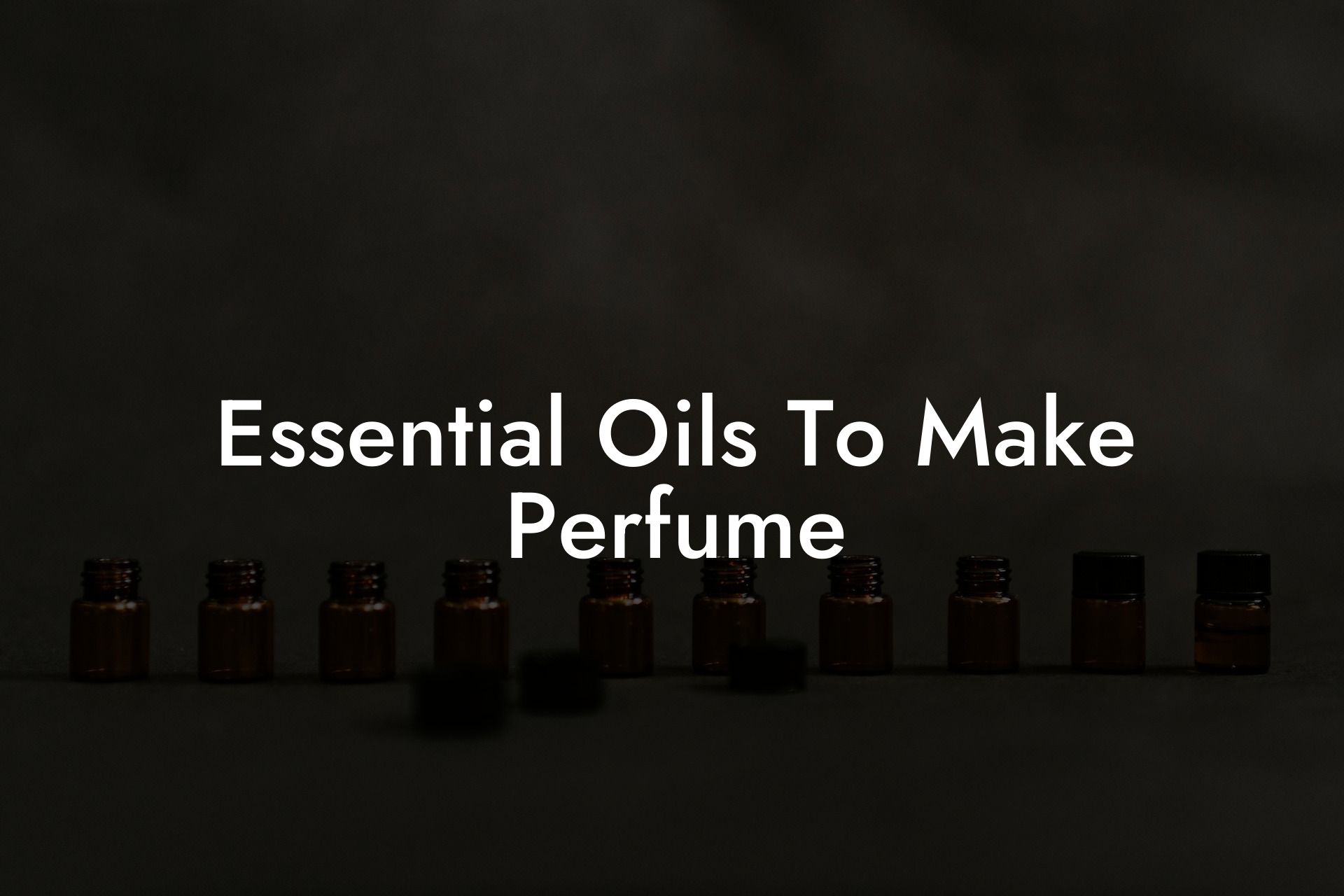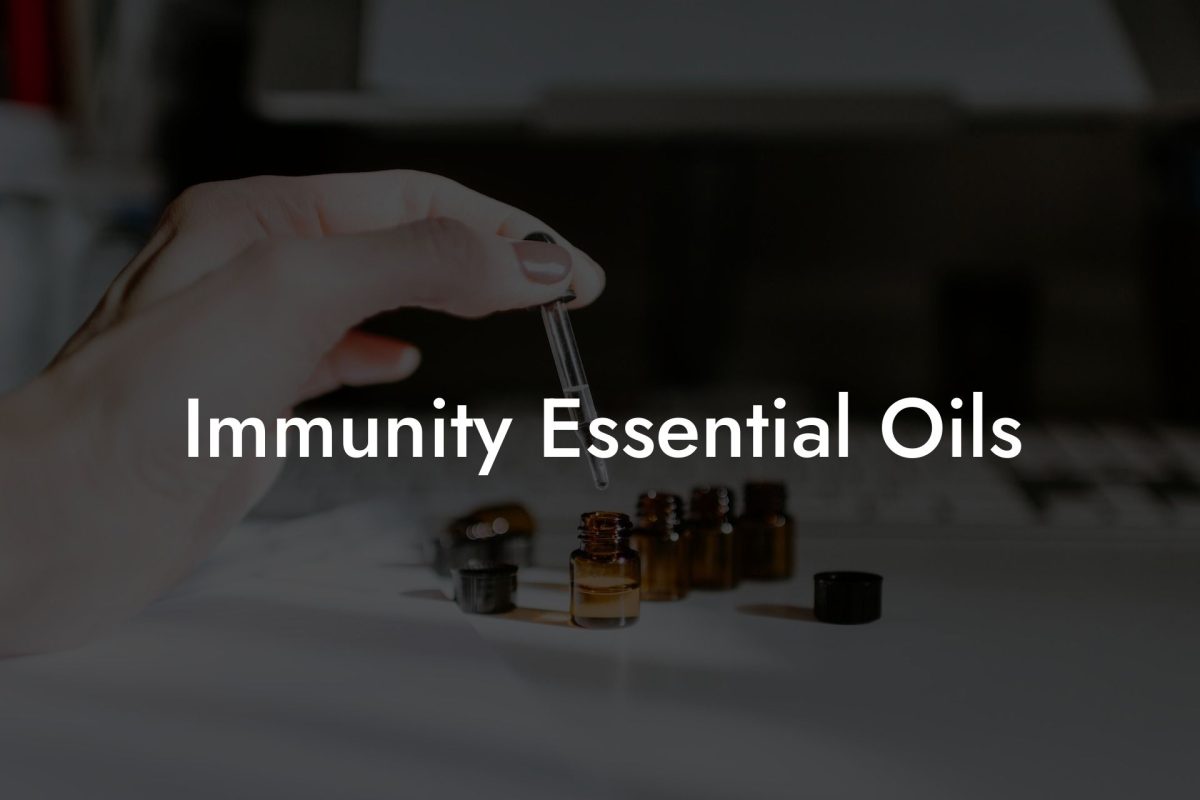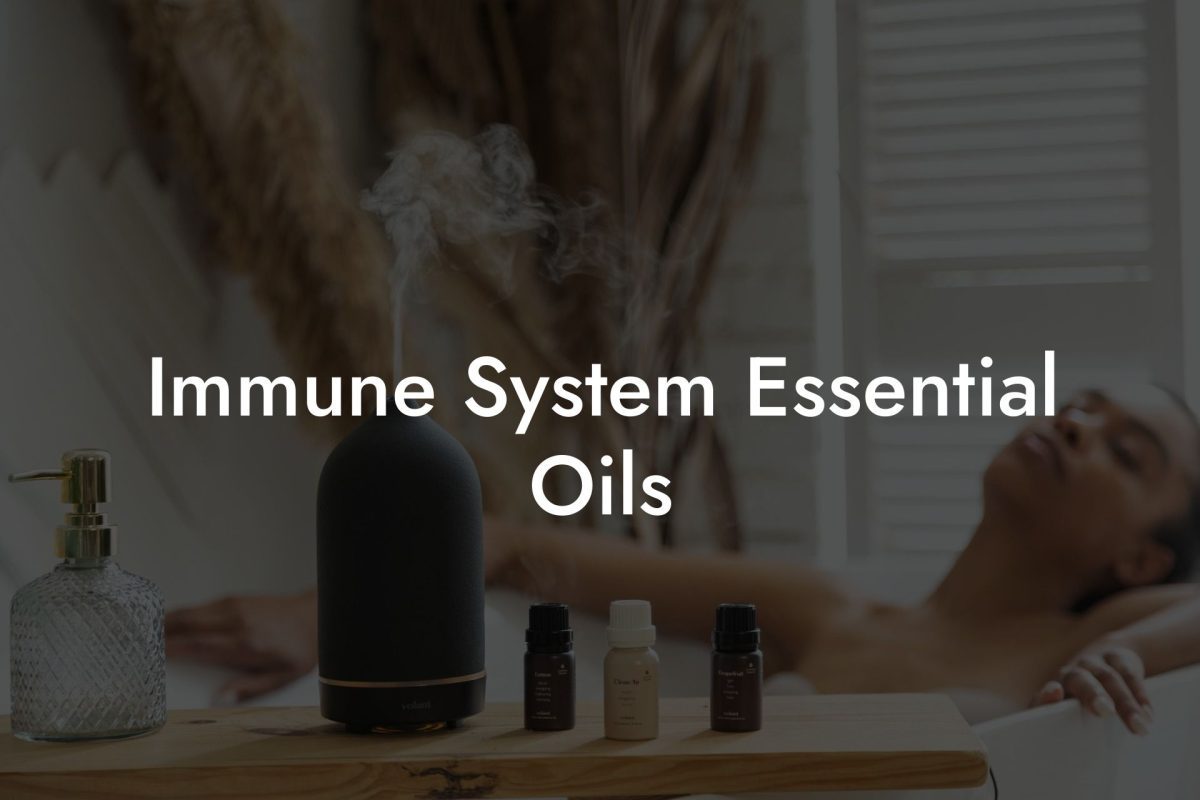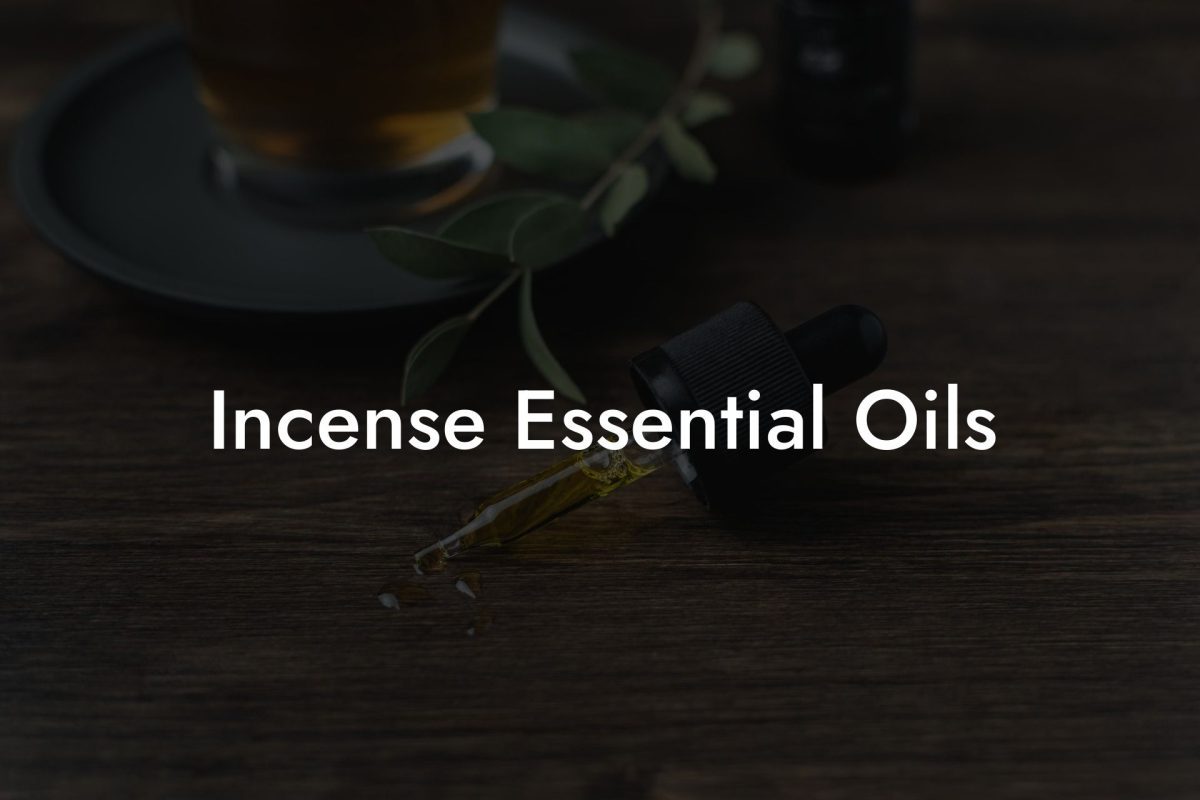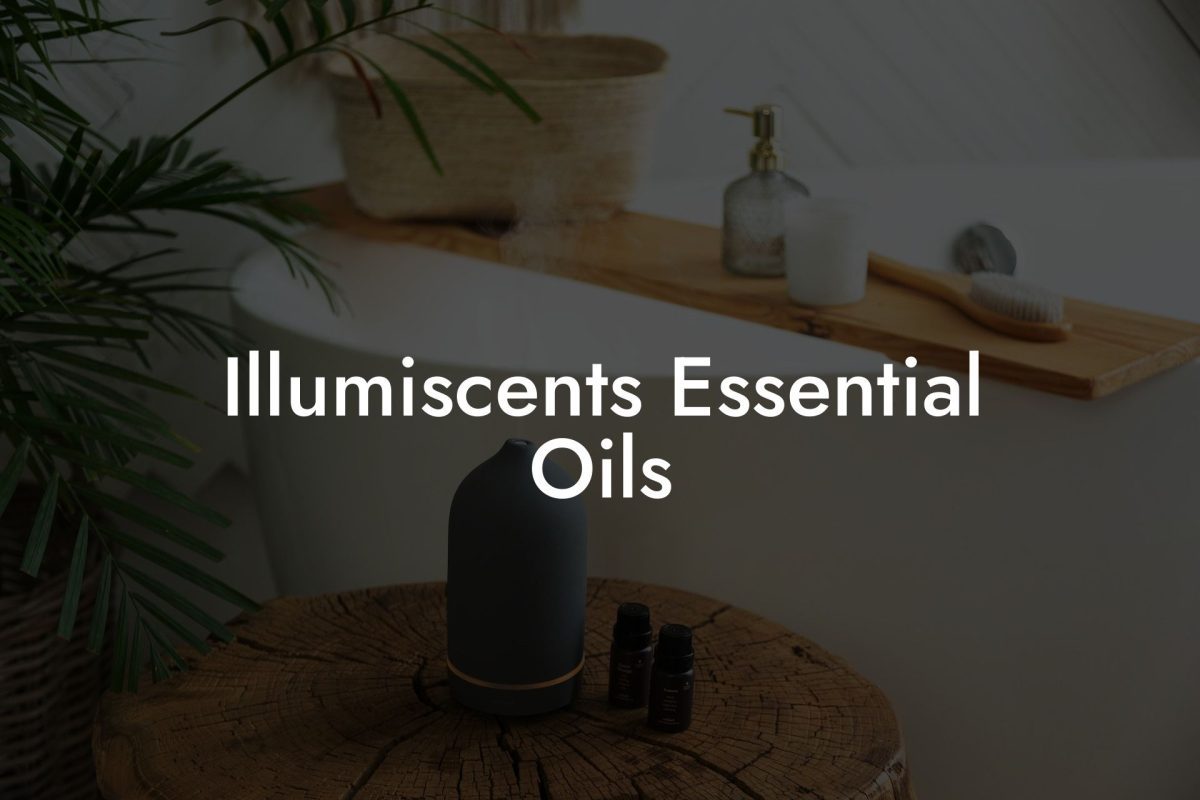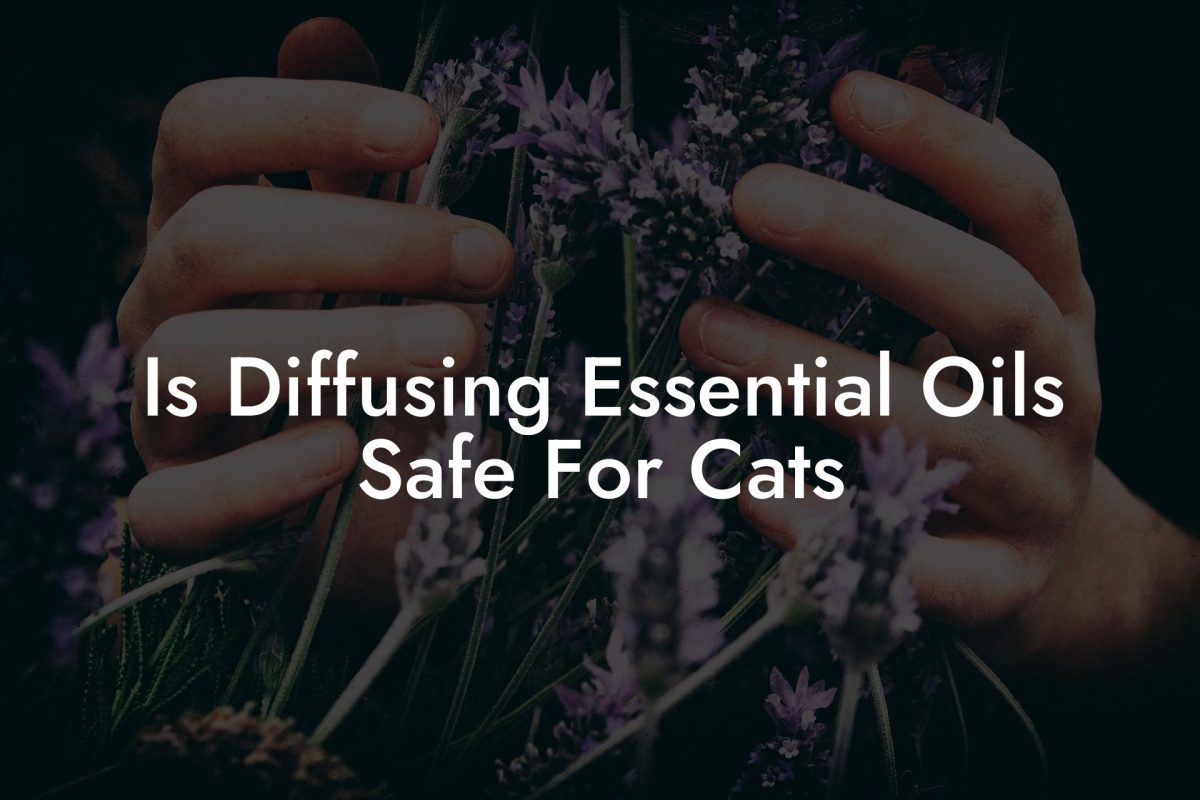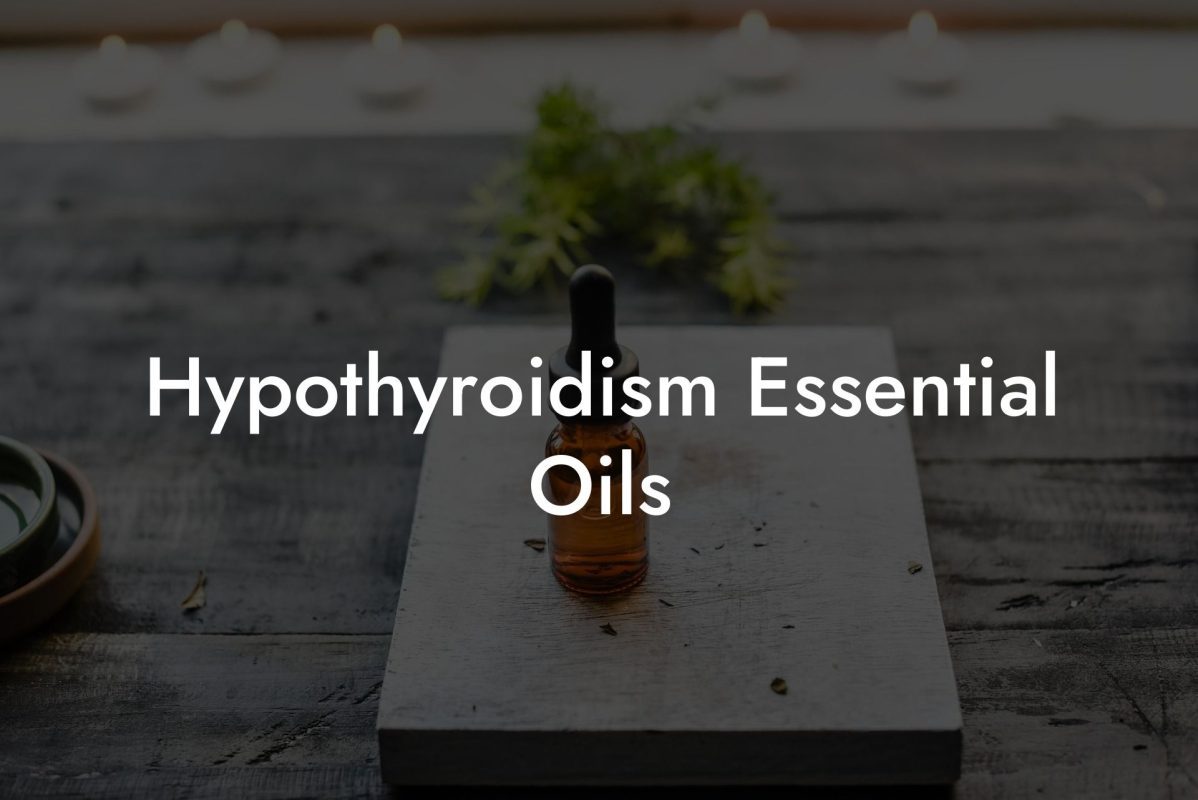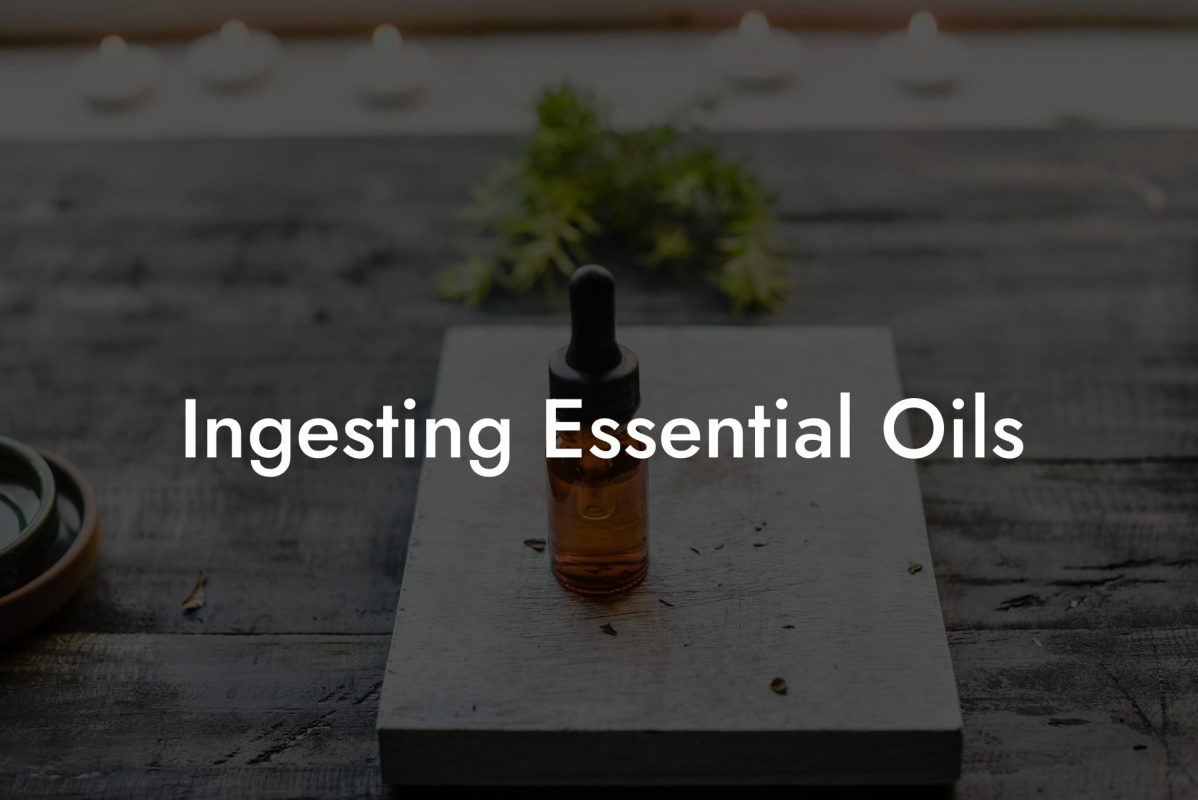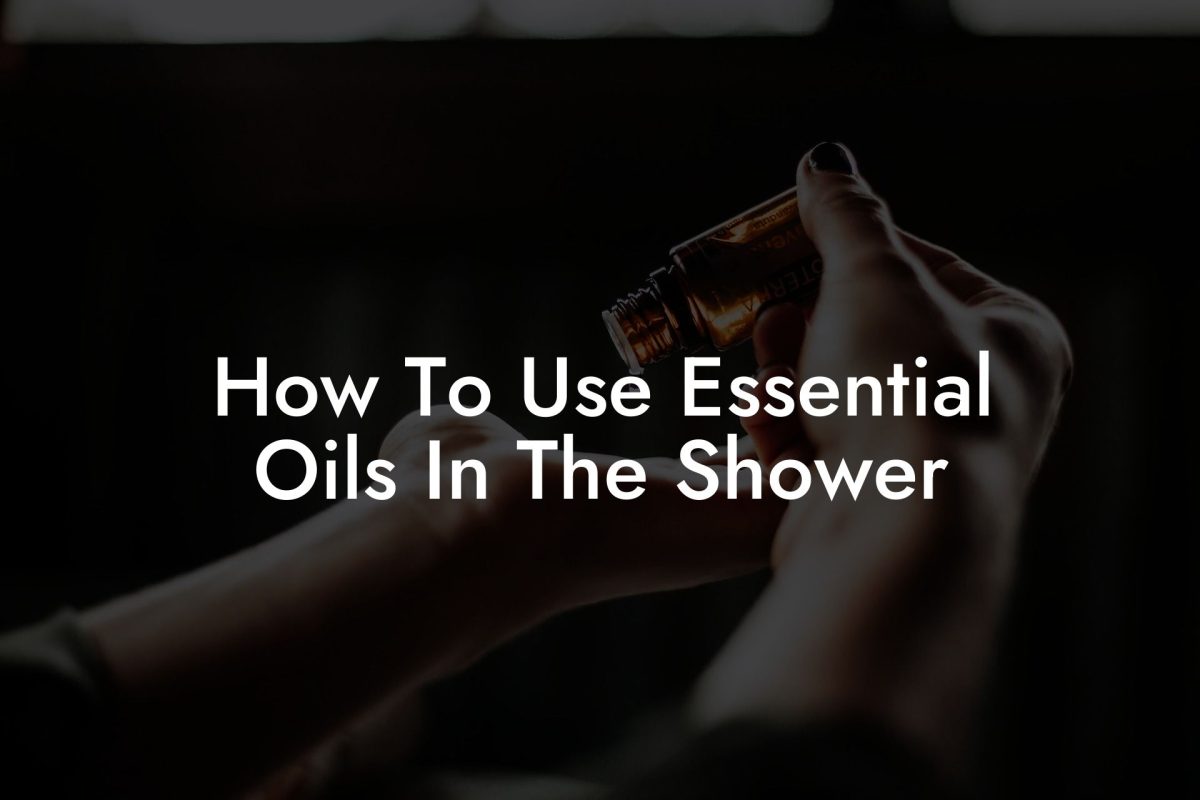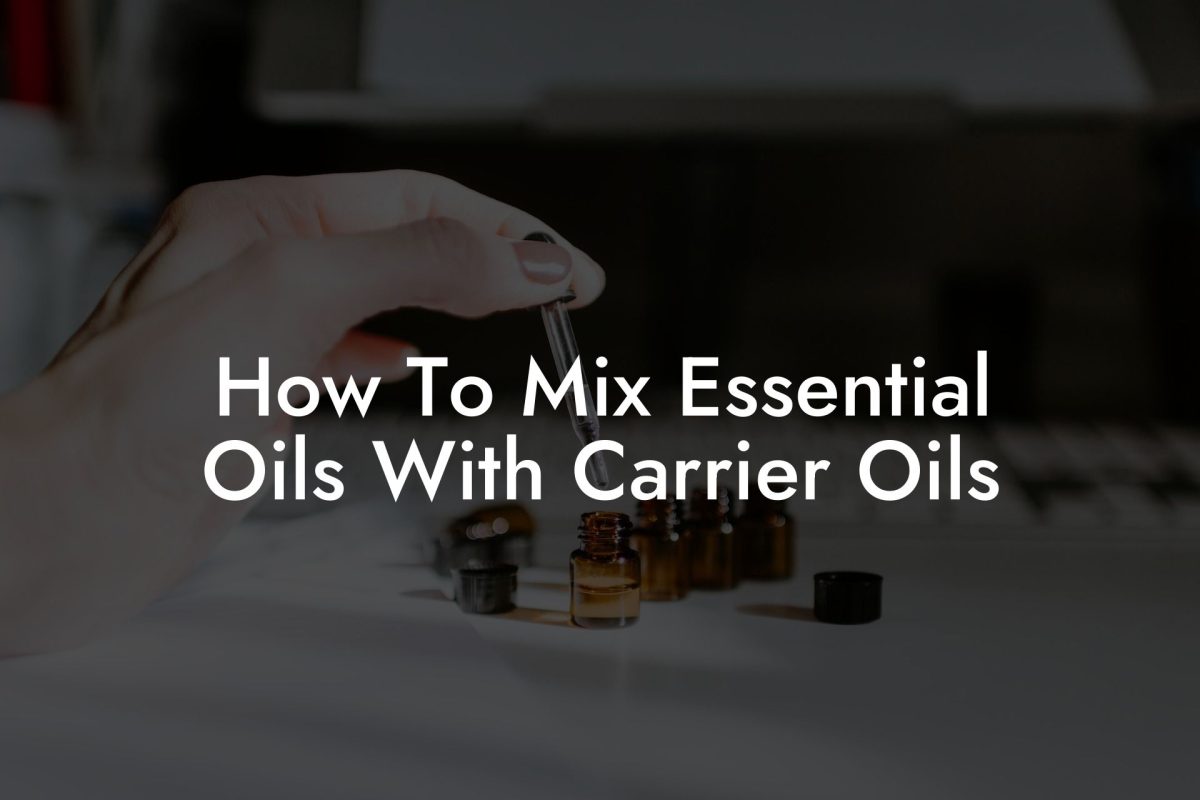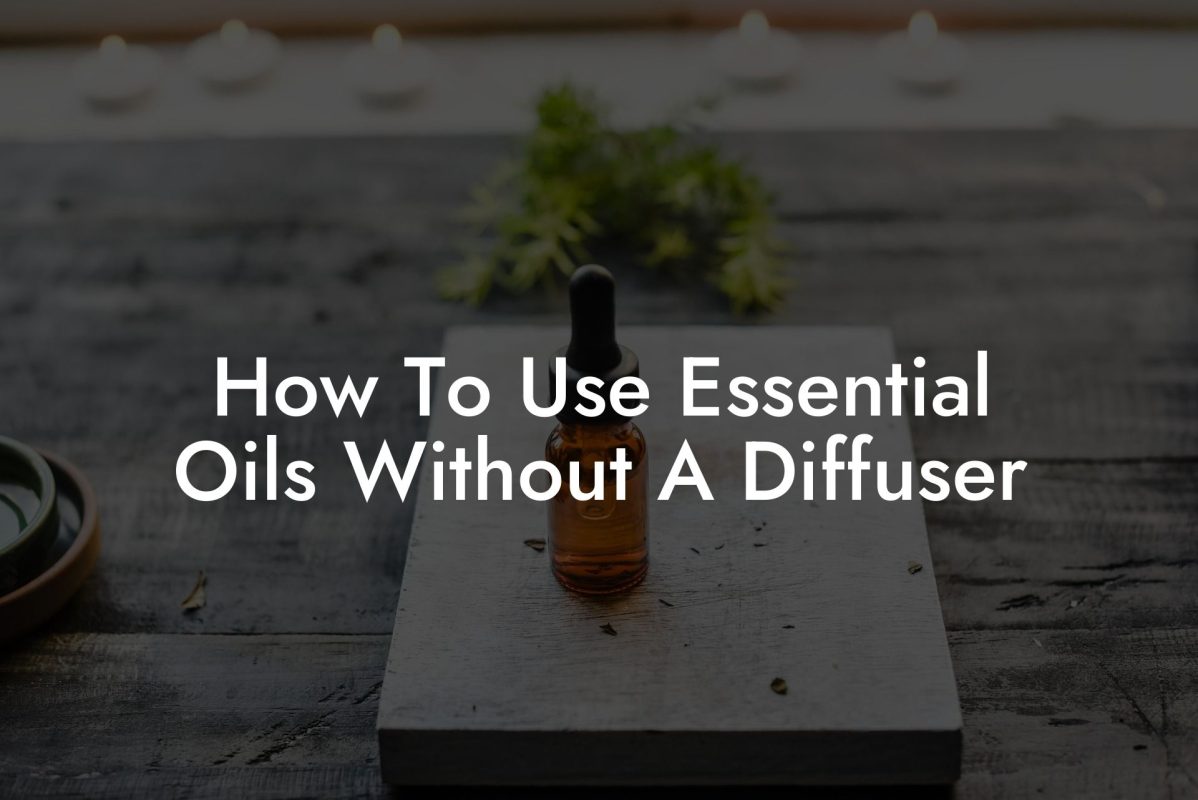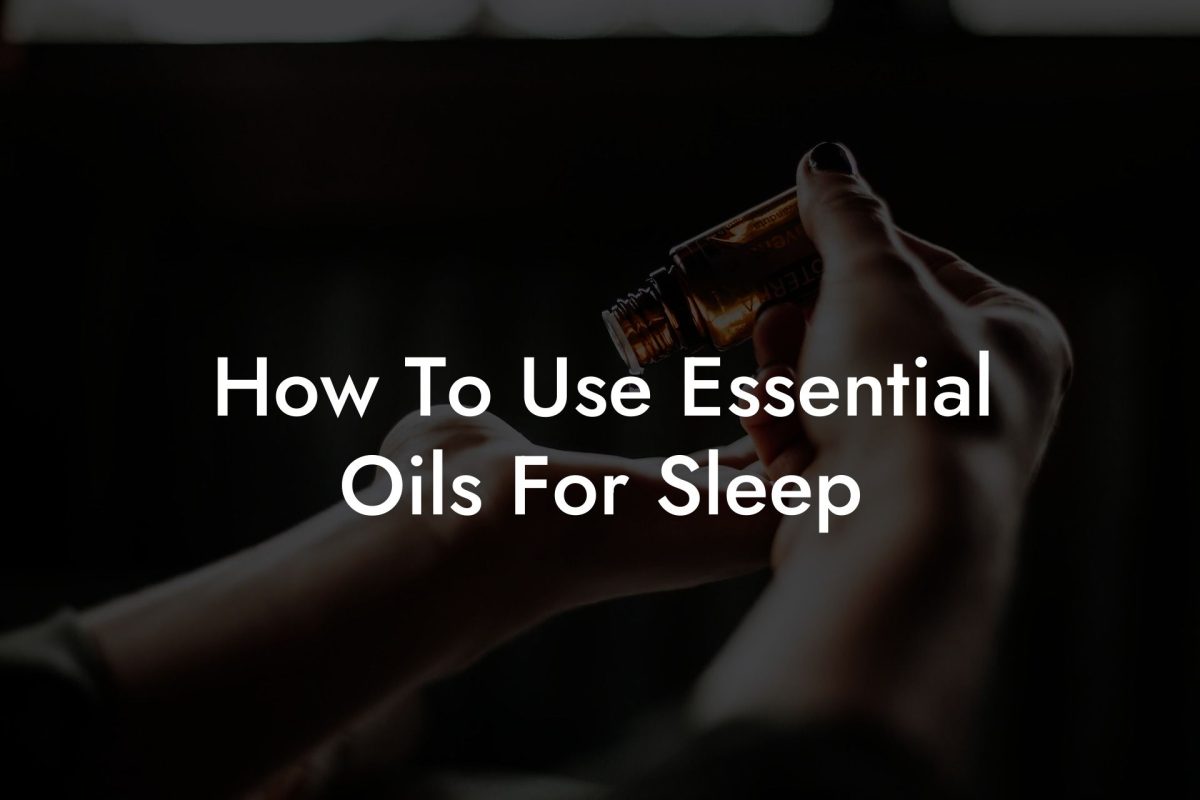Discover the art of creating your own unique perfume using essential oils. This comprehensive guide will walk you through the fascinating world of blending essential oils to make alluring, personalized fragrances while promoting well-being and enveloping you in natural, irresistible scents.
Table of Contents
Understanding Essential Oils
Essential oils are concentrated plant extracts that capture the natural aroma and properties of their sources. These oils can be obtained from various plant parts like flowers, leaves, and roots. Oshu Oils offers a wide range of these artisan essential oils, providing you with an abundance of options for your perfume creations.
The Role of Notes in Perfume
Perfumes are made up of “notes” – the different scent layers that you smell at each stage of the fragrance’s evaporation. There are three types of notes: top, middle, and base.
- Top notes: The first impression, which evaporates quickly usually within 15 minutes. Examples include citrus and light floral scents like bergamot, lemon, and lavender.
- Middle notes: The heart of the perfume, becoming evident after the top notes fade. They last for a few hours and include scents like rose, jasmine, and ylang-ylang.
- Base notes: The longest-lasting and deepest scents, acting as a foundation for the perfume. Typical base notes are sandalwood, cedarwood, and patchouli.
When creating your perfume, consider the balance between these three notes to ensure a well-rounded, captivating fragrance.
Blending Essential Oils
Blending essential oils is about finding harmony between different scents. Experiment with various oils to find combinations that please you and are compatible with your body’s chemistry. Here are some tips for blending:
- Start by selecting your top, middle, and base notes according to your personal preferences.
- Add the oils in small quantities, starting with the base notes. Use a toothpick or dropper to add precision to your measurements.
- Keep track of the number of drops of each oil to make it easier to reproduce your blend.
- Once you’ve combined your oils, let the blend sit for at least 24 hours to allow the scents to meld together naturally.
You can scale your blend to make larger quantities or experiment with different oil combinations to suit your preferences.
Diluting Your Essential Oil Blend
Once you’ve created your blend, dilute it with a carrier oil or alcohol before applying it to the skin. This ensures your perfume isn’t too strong while preserving its longevity on the skin. Popular carriers include jojoba oil, grape seed oil, and coconut oil.
Essential Oils To Make Perfume Example:
Imagine a perfume blend with the following composition:
- Top notes: Bergamot and grapefruit
- Middle notes: Lavender and jasmine
- Base notes: Sandalwood and vanilla
To create this blend:
- Put 3 drops of sandalwood and 2 drops of vanilla oil in a small glass container.
- Add 4 drops of lavender and 3 drops of jasmine oil to the mixture.
- Top the blend with 5 drops of bergamot and 3 drops of grapefruit oil.
- Let the blend sit for at least 24 hours.
- Dilute the blend with your chosen carrier oil before applying it to the skin.
Creating your custom essential oil perfumes allows for endless possibilities and the chance to surround yourself with scents that truly resonate with you.
Embrace the therapeutic benefits and delightful aromas of essential oils by creating your own perfume. Share your discoveries and fragrance creations with your friends and encourage them to explore the captivating world of Oshu Oils. Don’t forget to check out our other guides on essential oils and aromacology, and explore the Oshu Oils range to find the perfect oils for your personal perfume blends.

